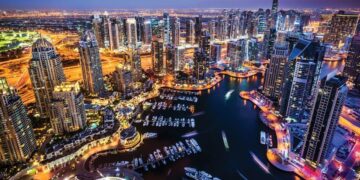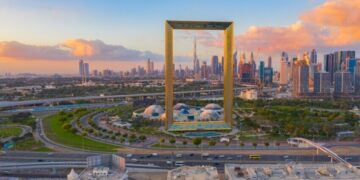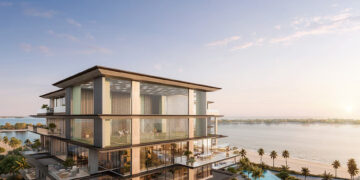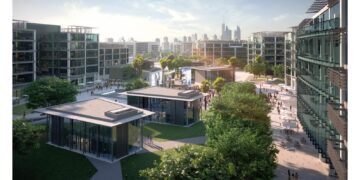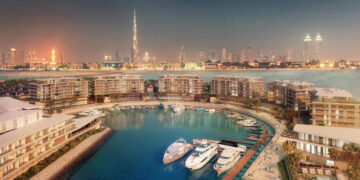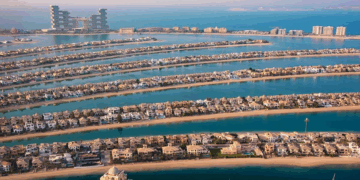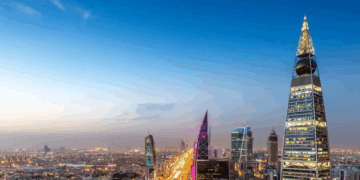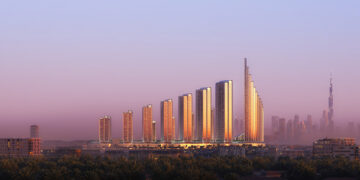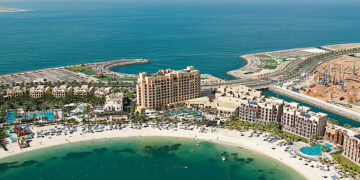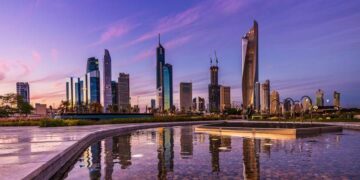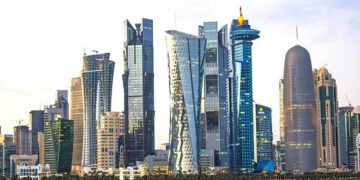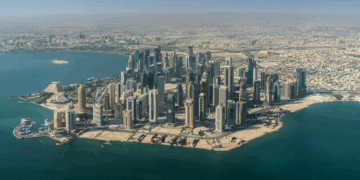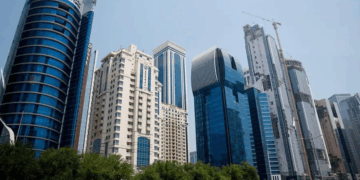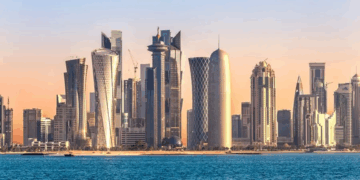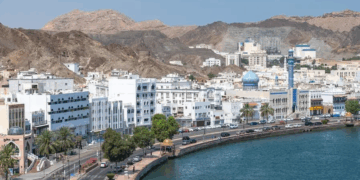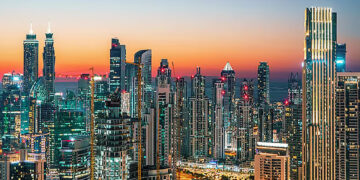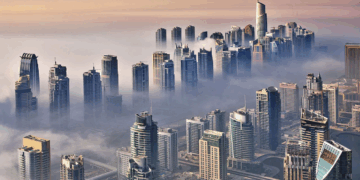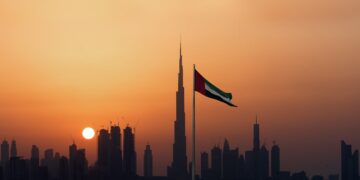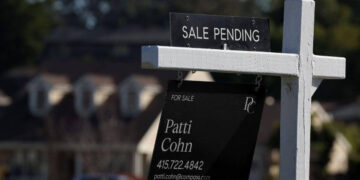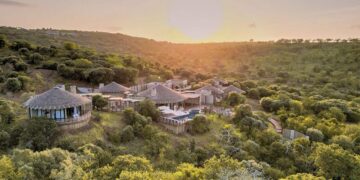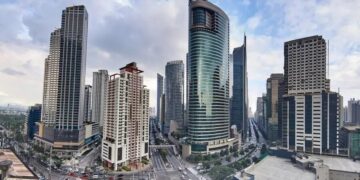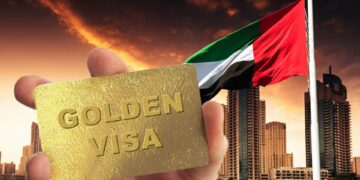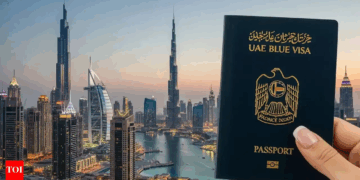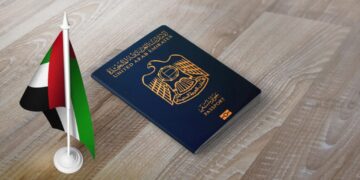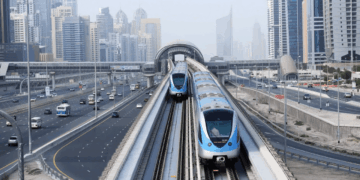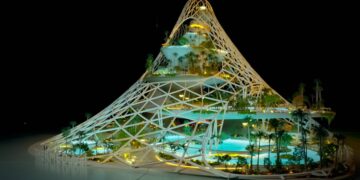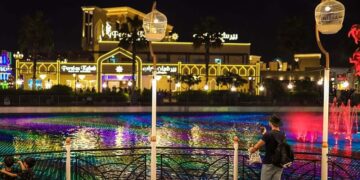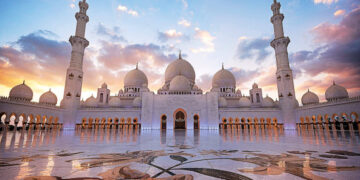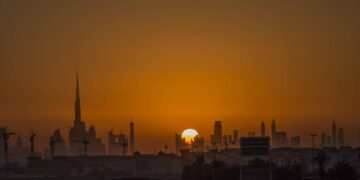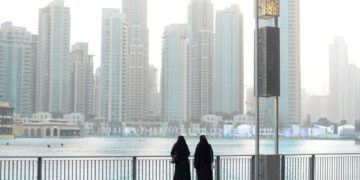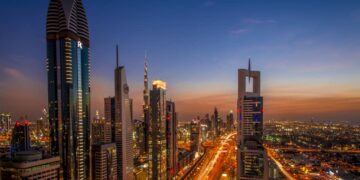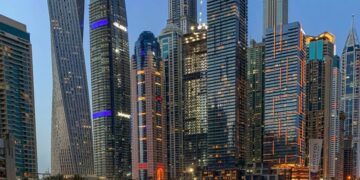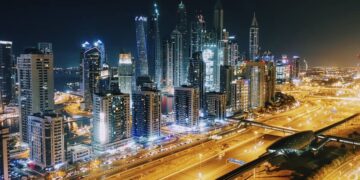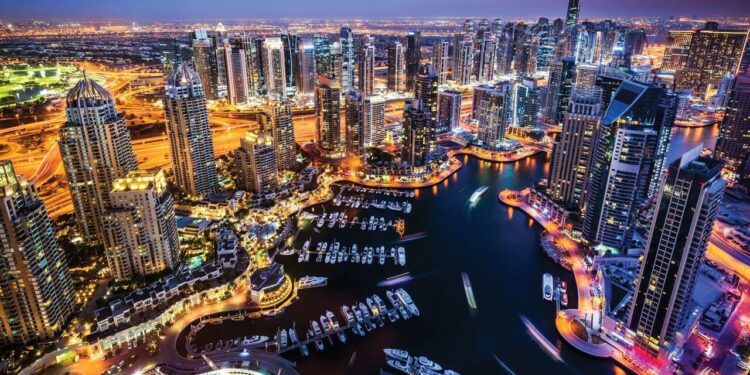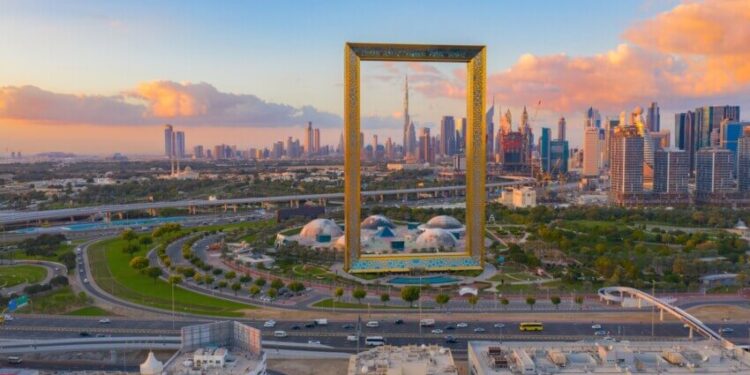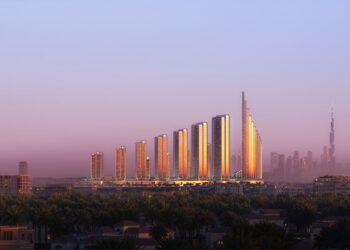The residential real estate market in the United Arab Emirates is expected to grow steadily and sustainably over the next several years, with a compound annual growth rate (CAGR) of 8.66%, from $143.22 billion in 2025 to $217.09 billion by 2030.
Strong investor optimism, proactive legislative changes, demographic changes, and an aging housing market that continues to draw in foreign investment will all contribute to the increase, according to real estate experts.
The UAE’s residential real estate industry is predicted to expand at a compound annual growth rate (CAGR) of 2.66 percent between 2025 and 2029, according market data from Statista and Mordor Intelligence. More optimistically, it is anticipated that the total market value will increase at a compound annual growth rate (CAGR) of 8.66 percent, from $143.22 billion in 2025 to $217.09 billion by 2030.
These growth projections highlight growing trust in the urban development model of the United Arab Emirates. Demand has increased dramatically, especially in Dubai, Abu Dhabi, and increasingly, Ras Al Khaimah, as a result of record-high levels of millionaire migration, lenient visa regulations, and the post-Expo development boom. Even though supply is still limited in comparison to the rapidly growing population, developers are responding by delivering off-plan projects more quickly, helped along by digital design tools and modular construction.
With 43,000 transactions of Dh115 billion in Q1 2025 alone, up 23% year over year, Dubai continues to dominate the market, accounting for 45% of residential real estate transactions in 2024. The emirate is becoming a permanent lifestyle hub rather than a temporary commercial destination because to improvements in transportation infrastructure, the growth of public green areas, and a diversification of the service economy.
Badar Rashid Alblooshi, chairman of Arabian Gulf Properties, said the sustained market growth is a positive indicator for the real estate sector of the UAE. “s demand matures and diversifies, developers must continue to innovate and deliver communities that serve the long-term aspirations of residents and investors alike.”
Off-plan activity is increasing, and through 2030, primary sales are expected to expand at a CAGR of 10.39%. Customized unit features, flexible payment schedules, and the potential for long-term capital growth all appeal to buyers. Off-plan transactions accounted for 56% of all residential activity in Q1 2025. With a total pipeline of more than 288,000 units, developers are actively starting initiatives, and tokenized ownership models are starting to make fractional investments more accessible.
With a 73% market share in 2024, apartments remain the most popular type of real estate. They appeal to both investors and urban professionals due to their high rental yields, which average 6.7%. However, as purchasers go toward more roomy, outlying areas like Dubai South, villas are propelling the premium segment’s rise at a 9.20% CAGR. Here, the Dh128 billion Al Maktoum Airport development is a major driver that raises the long-term worth of the nearby districts.
Due to the influx of wealthy people looking for safe havens with stable political environments and zero income taxes, luxury residential real estate is booming. Russian investors alone have contributed $6.3 billion to the housing market since 2022, contributing to the UAE’s net influx of 6,700 millionaires in 2024. With unit prices reaching $4 million, new luxury developments like Nakheel’s Bay Villas continue to sell out in a matter of days. With the help of Saadiyat Island expansions and new partnerships between developers and international luxury brands, the luxury market is predicted to grow at a 10% CAGR until 2030.
The mid-market category, which predominantly serves salaried expatriates and will account for 47% of transaction value in 2024, continues to be the market’s backbone. Only one in four new units are priced within the reach of households making between Dh3,000 and Dh10,000 per month, indicating that there is still an affordability gap. With 17,080 affordable apartments planned for development, land releases have been planned to solve this; nevertheless, funding is still difficult due to rising mortgage rates.
With the 12-month Emirates Interbank Offered Rate (EIBOR) rising to 5.306% in June 2024, the cost of borrowing has skyrocketed, pushing average mortgage rates to 6.65%. This has had a special effect on middle-class buyers who depend on high loan-to-value arrangements. The market in Abu Dhabi is dominated by cash transactions, which make nearly 70% of sales and ease financing strains in the luxury and upper-mid segments.
The buyer base has grown as a result of government initiatives like the Golden Visa and Retirement Visa programs, which have streamlined residency requirements and promoted longer stays. In the first half of 2024, Golden Visa issuances increased by 52% as a result of lower fees and simpler eligibility requirements. Through quicker processing and greater legal transparency, this policy environment is also assisting a young senior housing market and increasing transaction conversions.
Thanks to significant tourism initiatives and improved connectivity, Ras Al Khaimah is quickly becoming a major growth node in the UAE’s residential environment. Through 2030, the emirate is expected to grow at a compound annual growth rate (CAGR) of 10.5%, drawing in capital that could have previously been concentrated in Abu Dhabi or Dubai.
Despite the optimistic outlook, several weaknesses still exist, according to property market observers. In emirates that rely on subsidies, fluctuating oil prices have resulted in uneven financing for affordable housing initiatives. Backlogs were reduced thanks to a recent Dh2.3 billion allocation, which also brought attention to the need to diversify fiscal sources and the reliance on federal transfers. Construction activity and power demand were restrained by a decrease in coal output and energy generation, according to ICRA’s June 2025 statistics.
However, market experts said that digital tenancy agreements, rising house ownership conversions in Abu Dhabi, and the steady rate of population and visitor growth all suggest a long-lasting, investor-friendly real estate climate.
